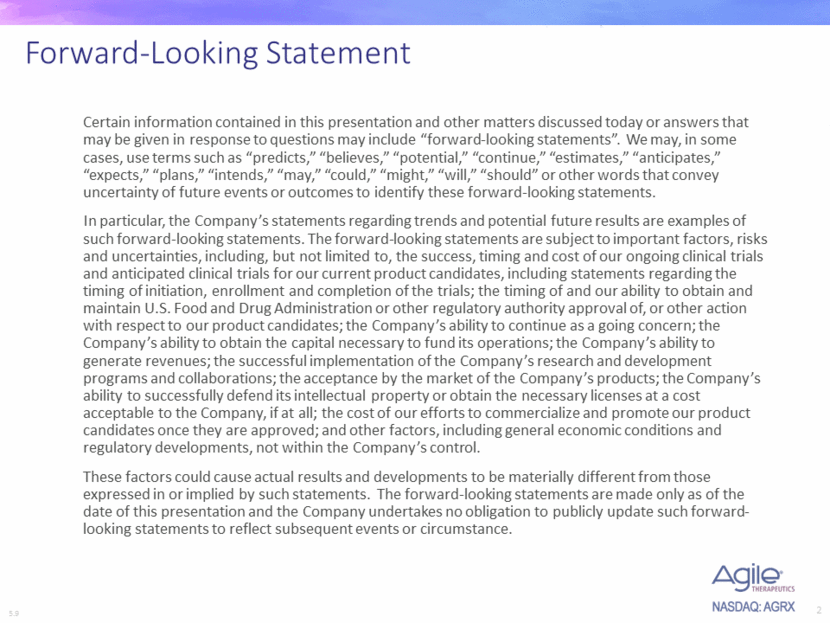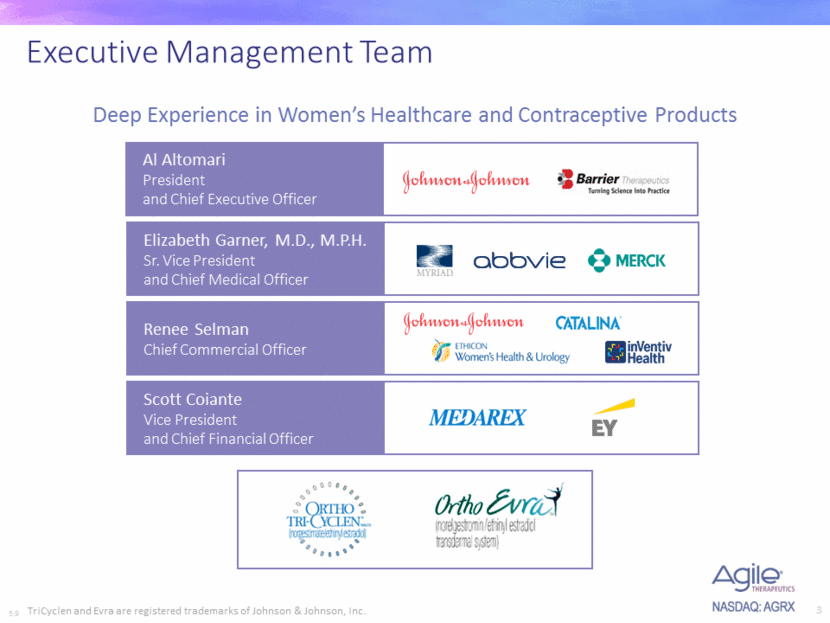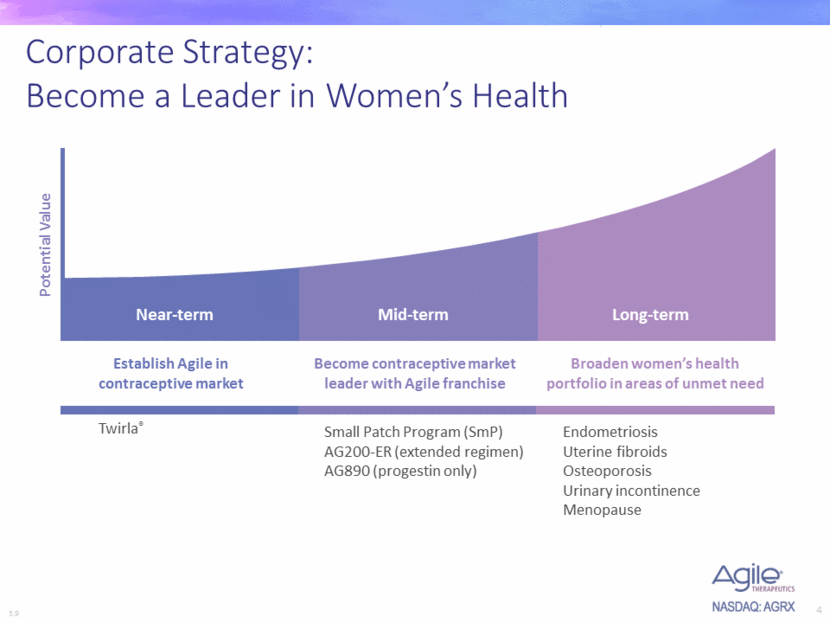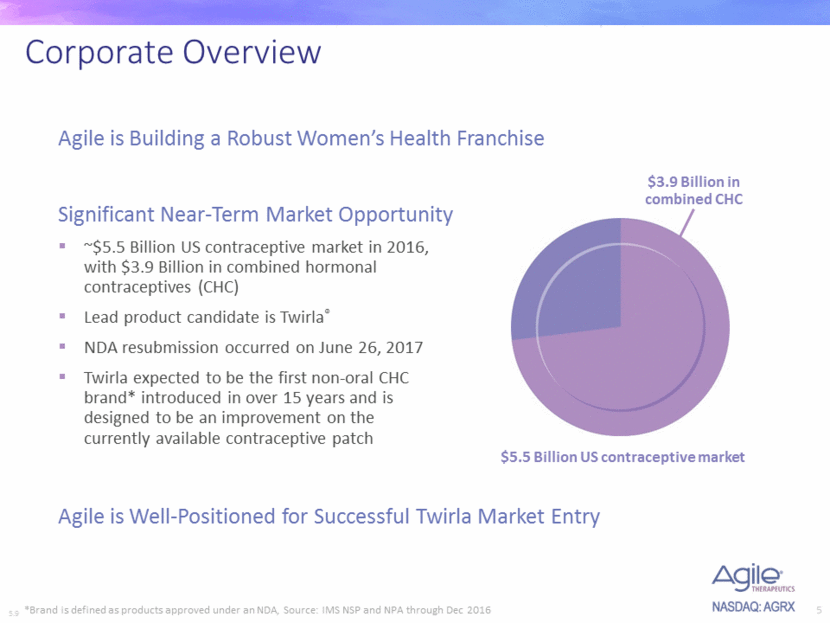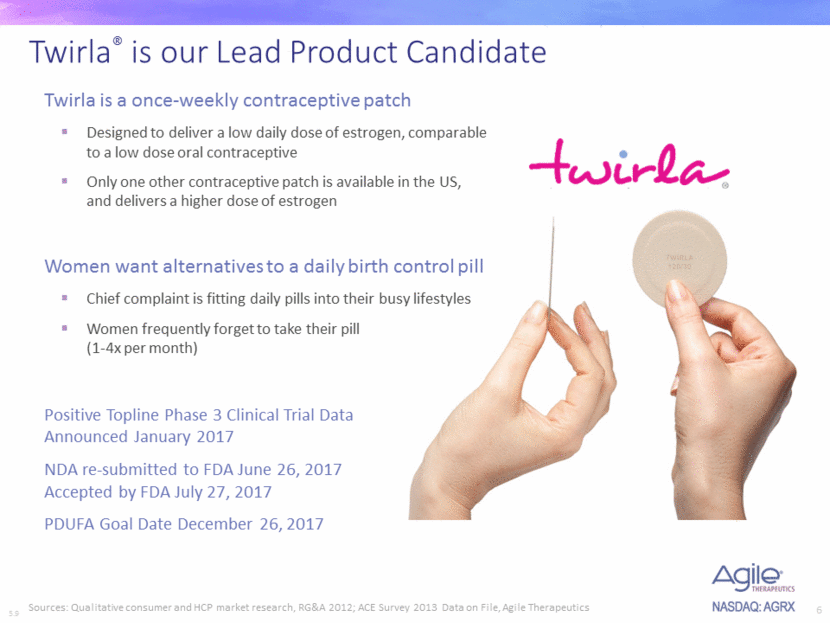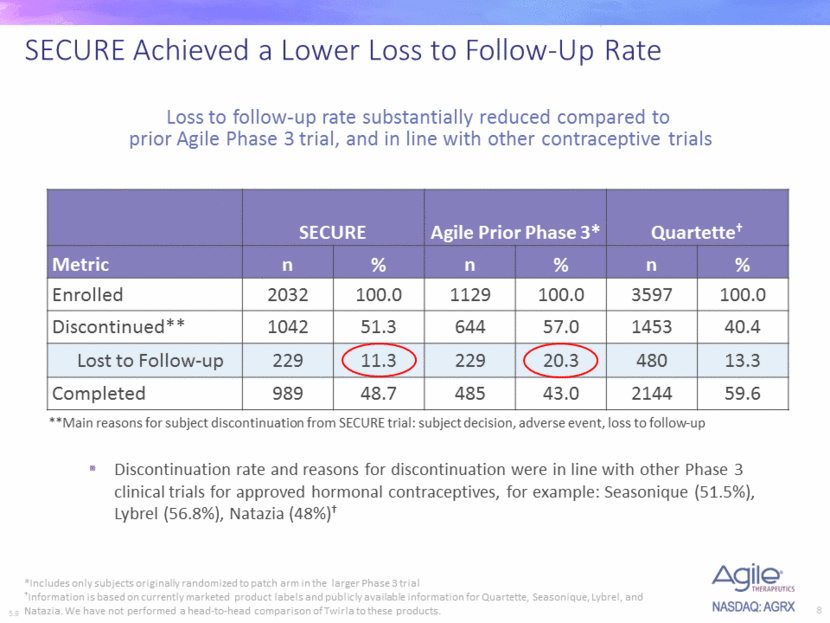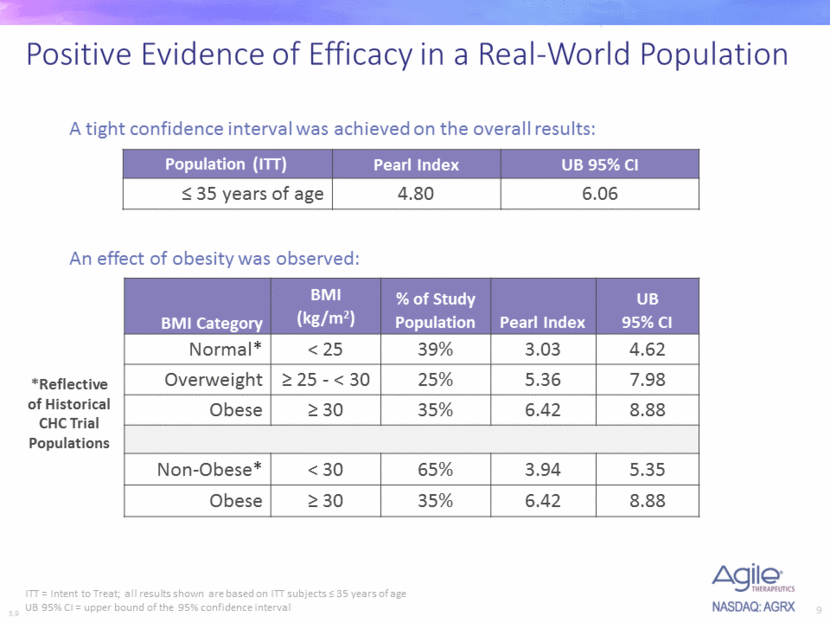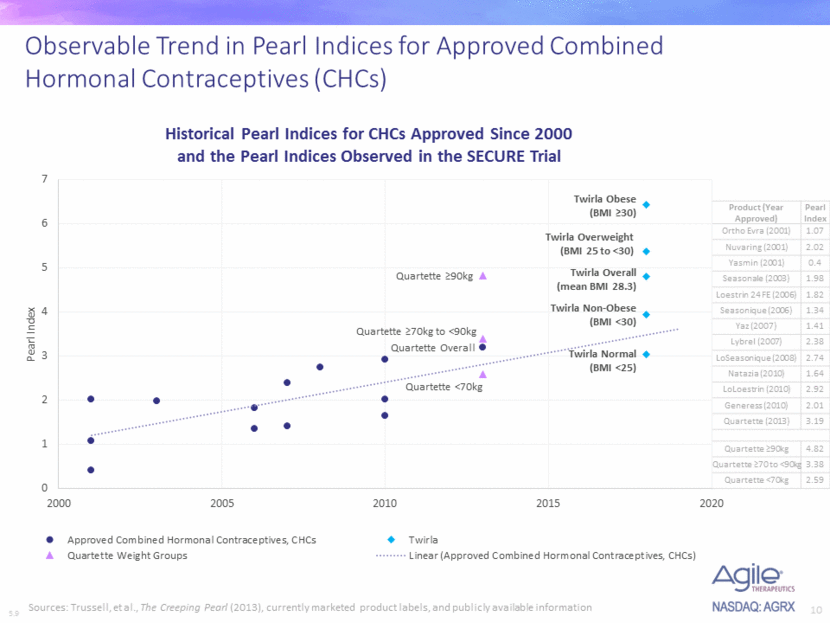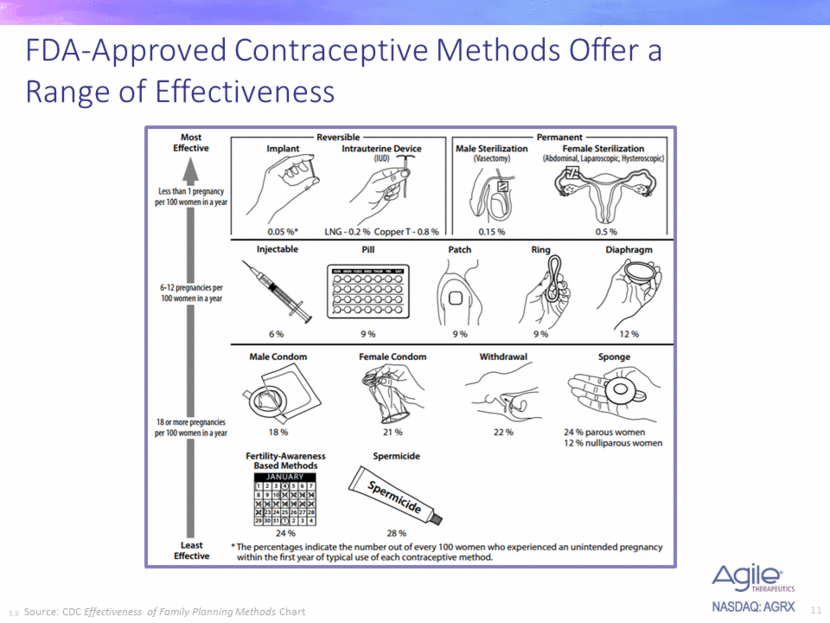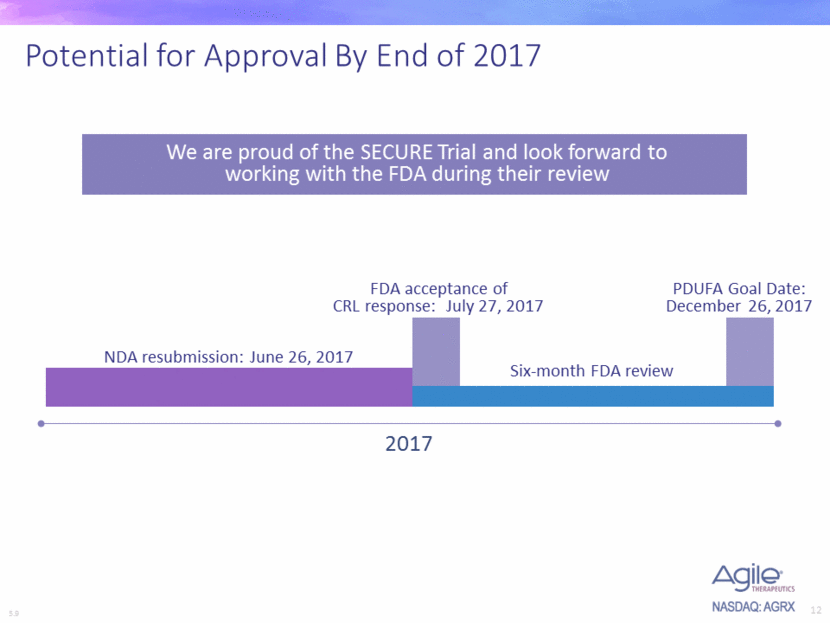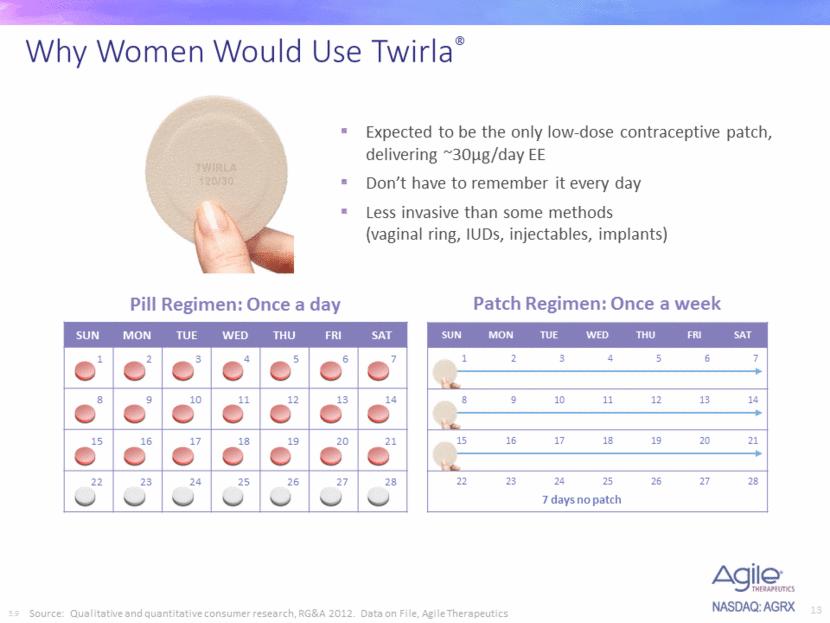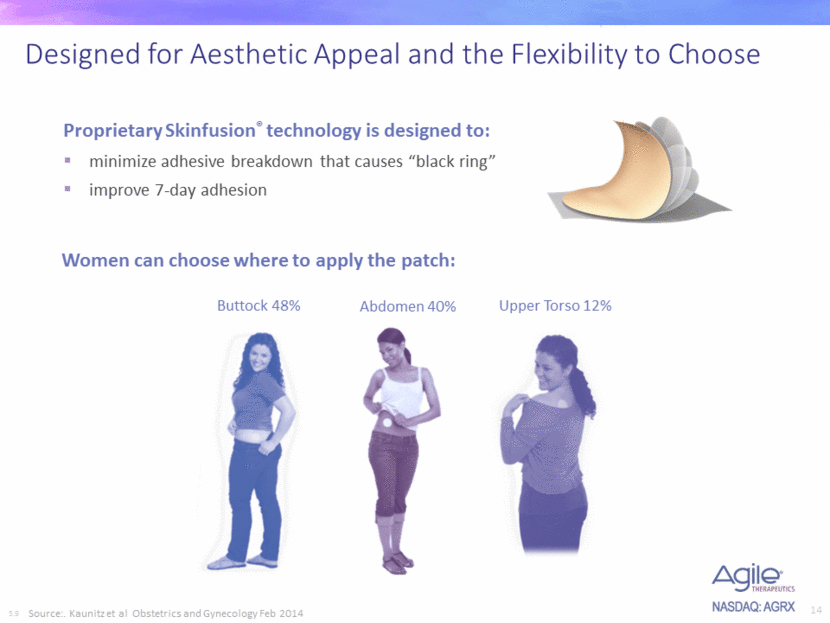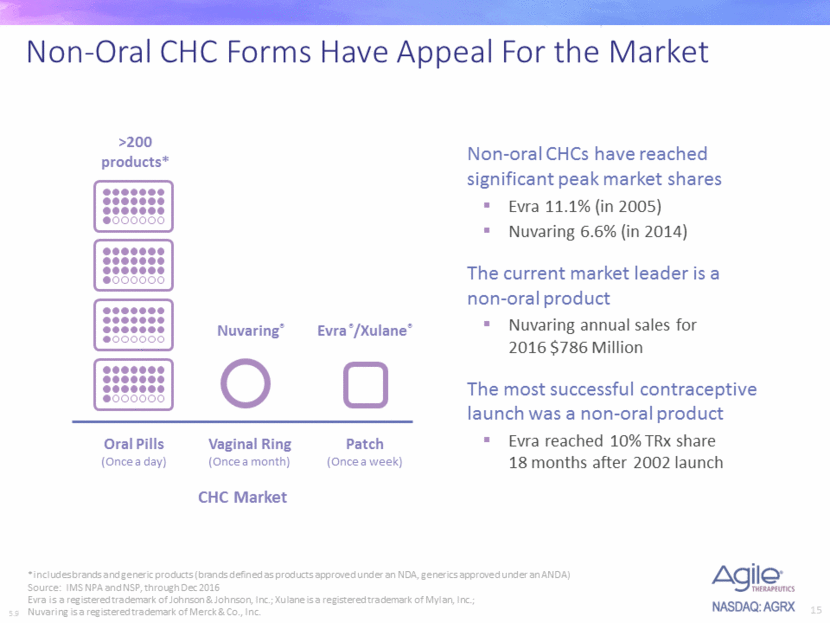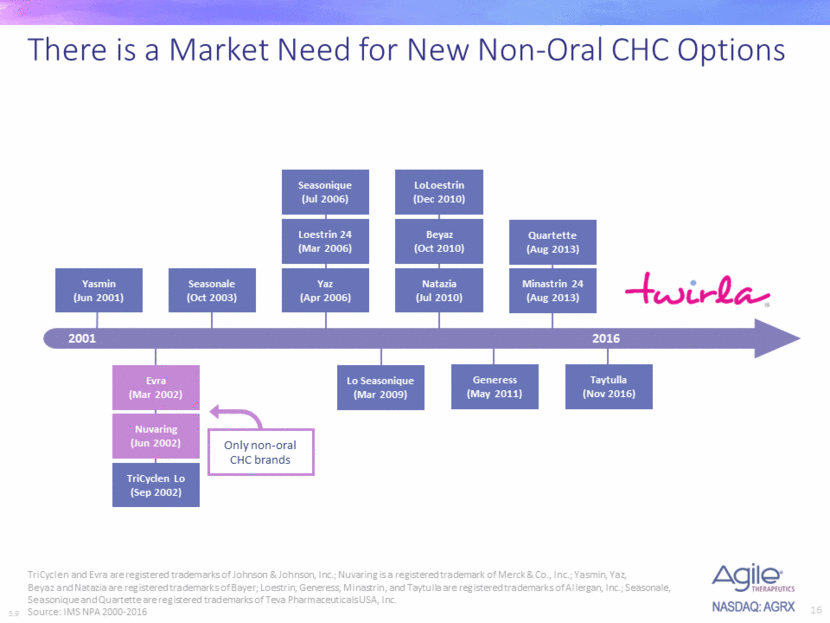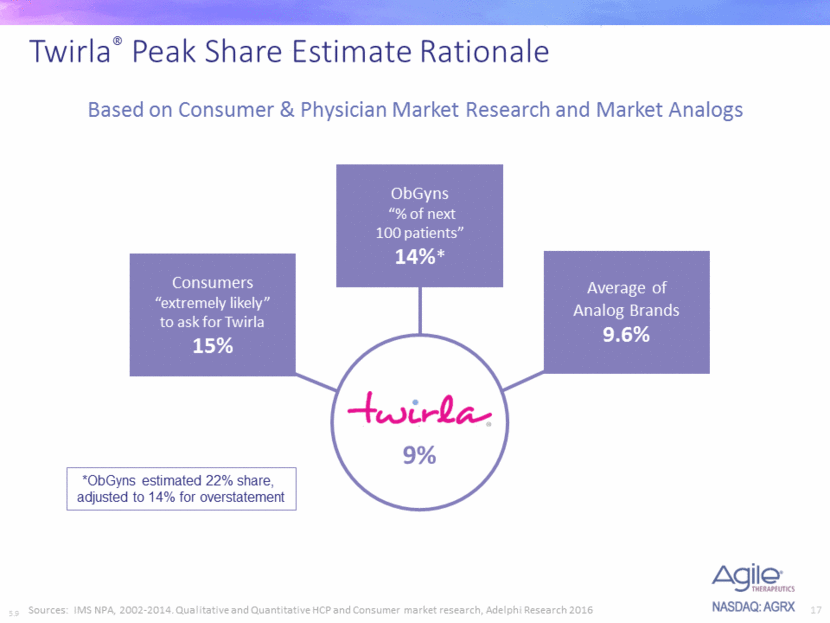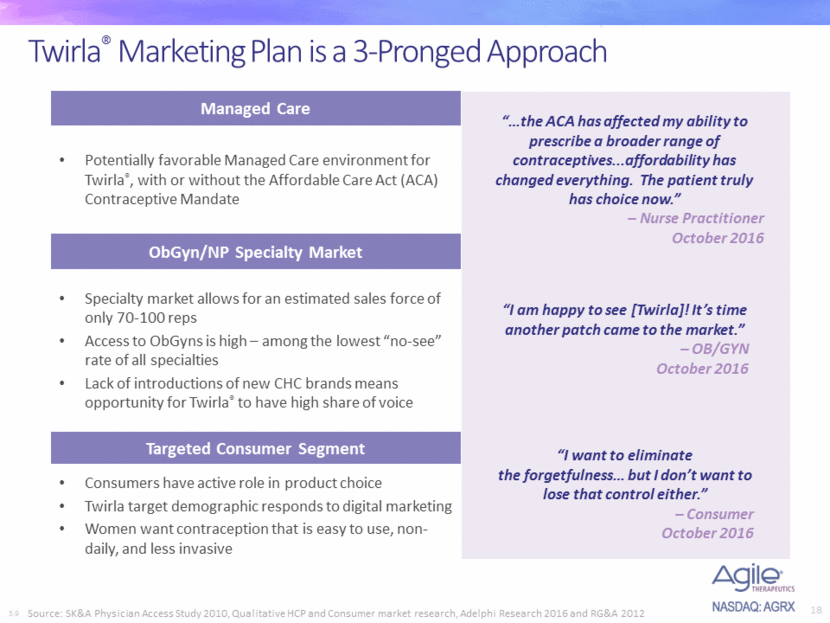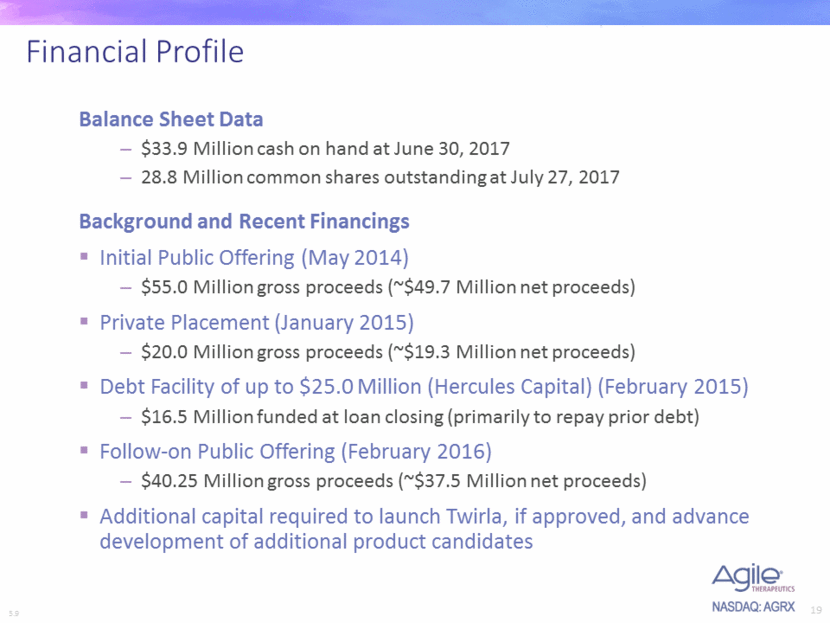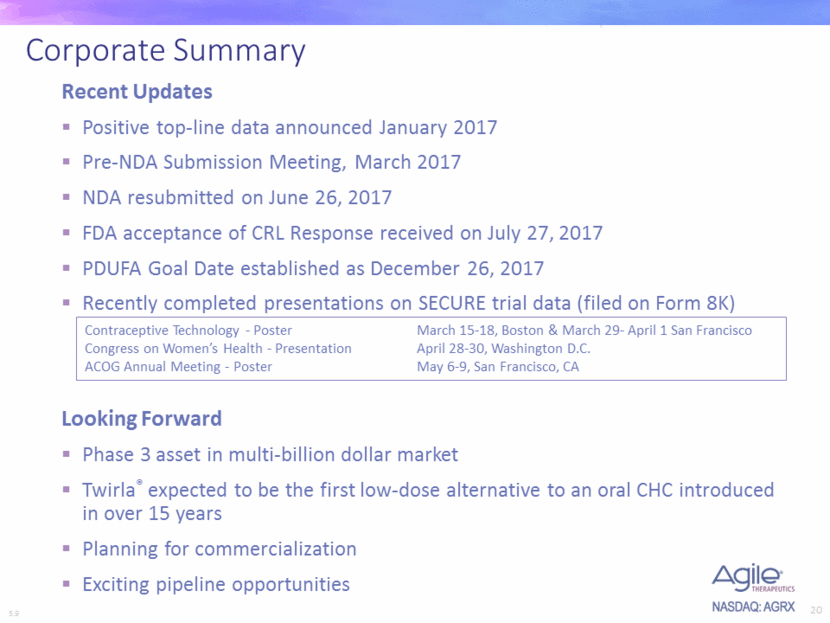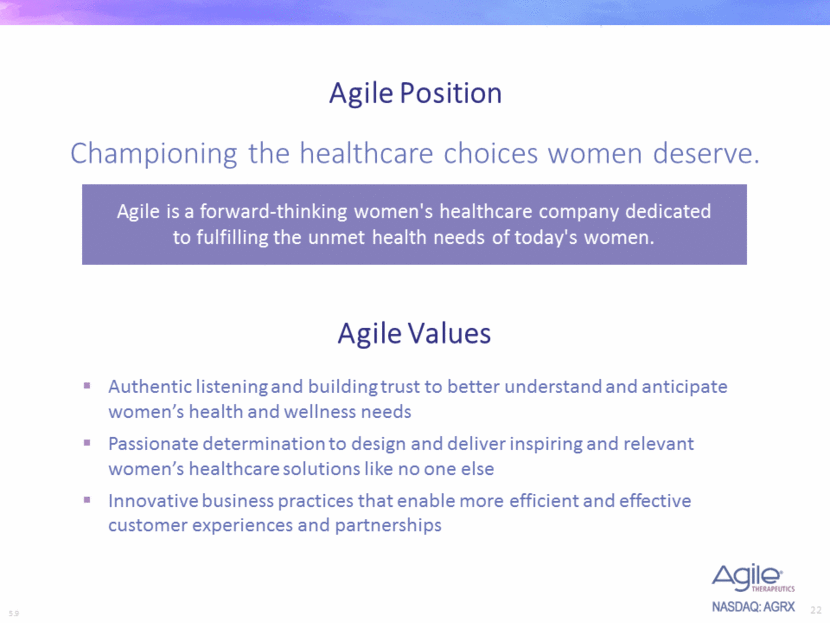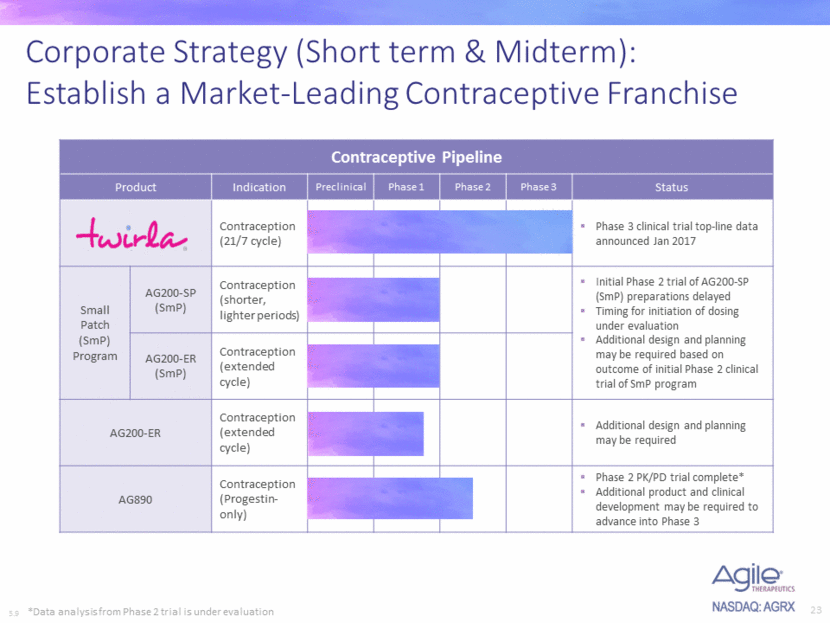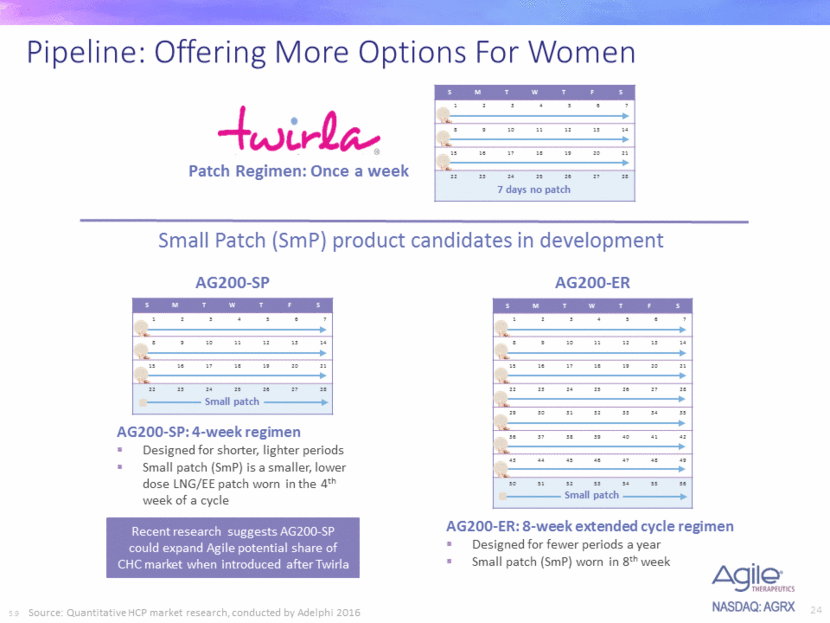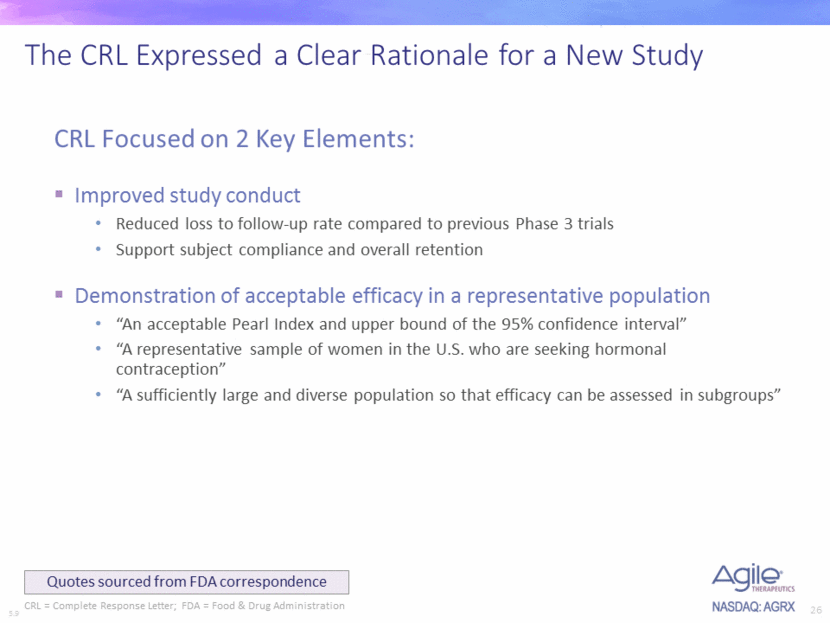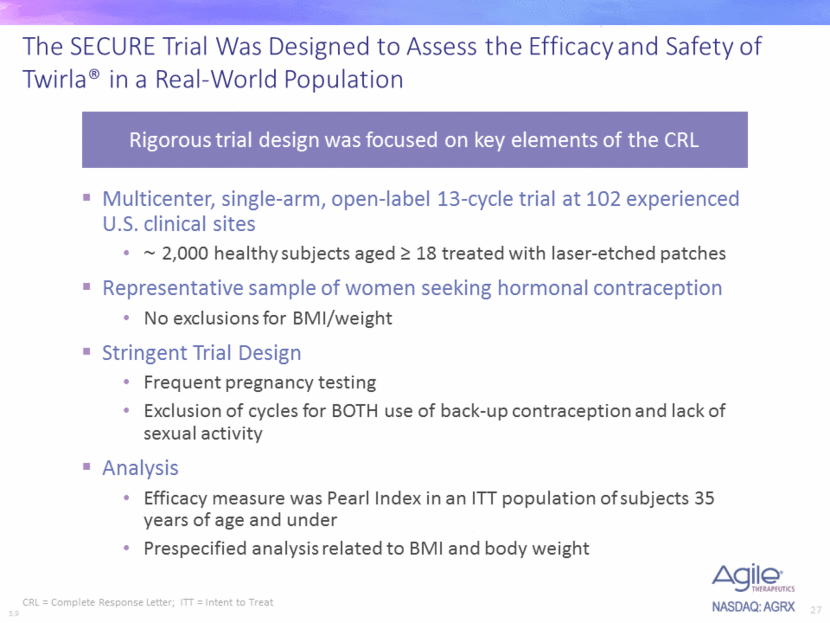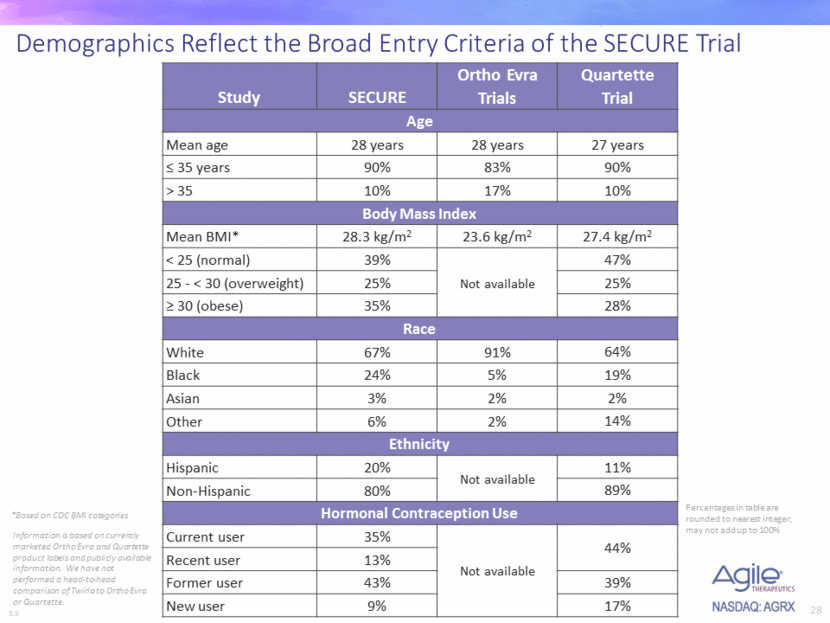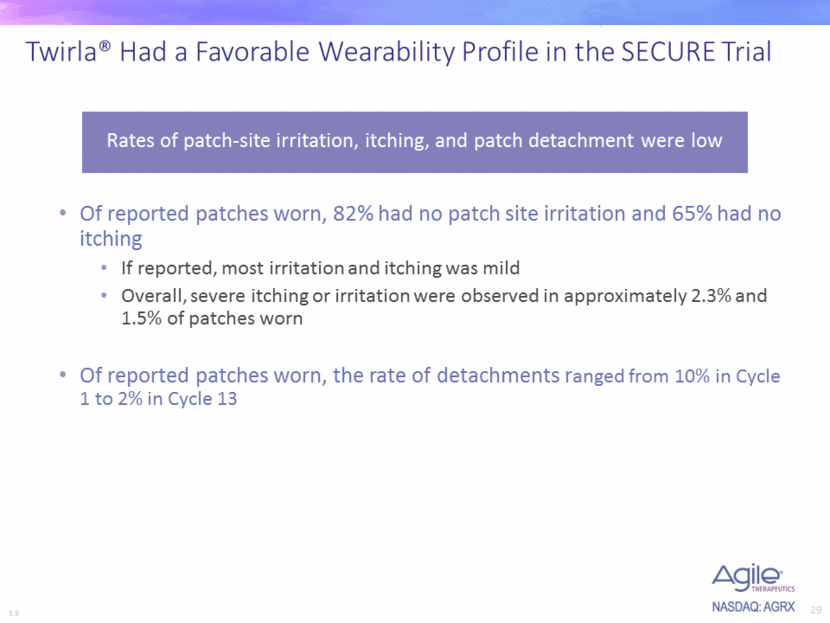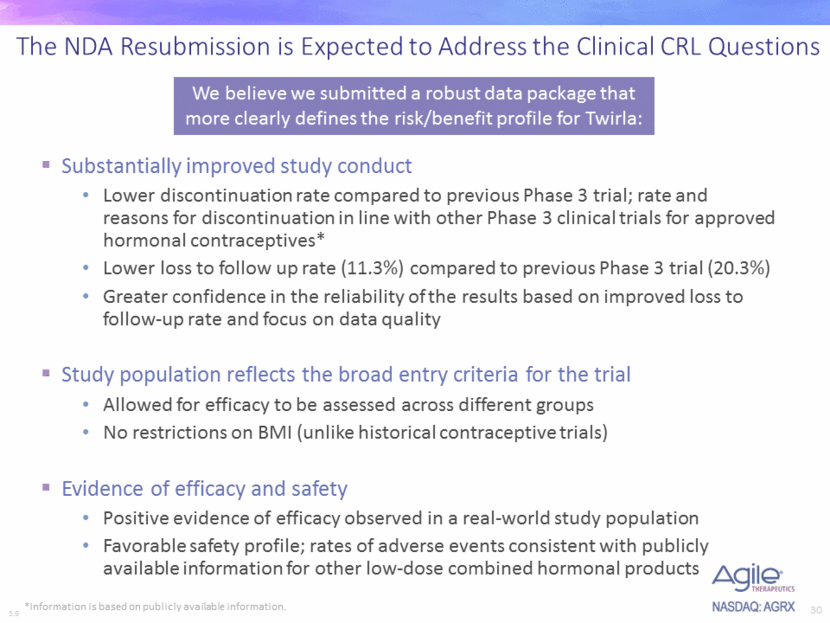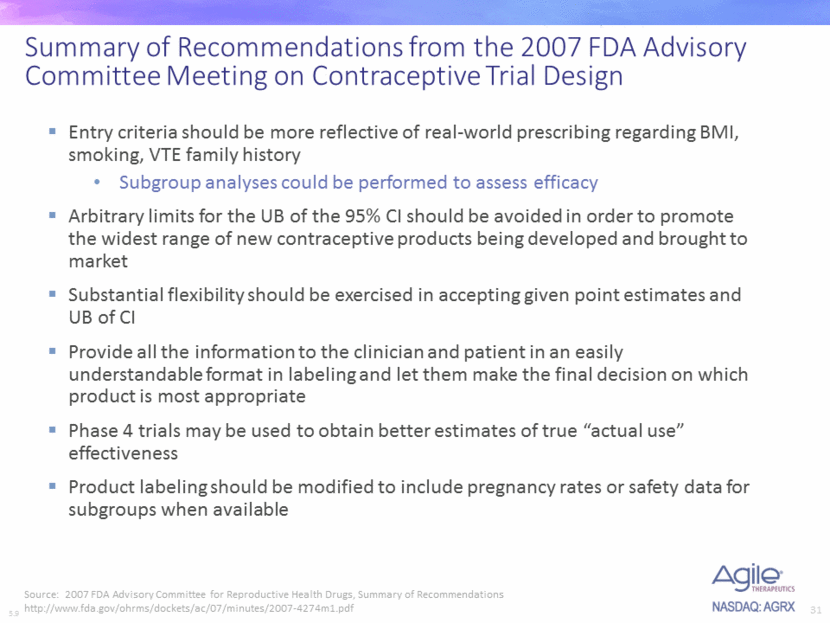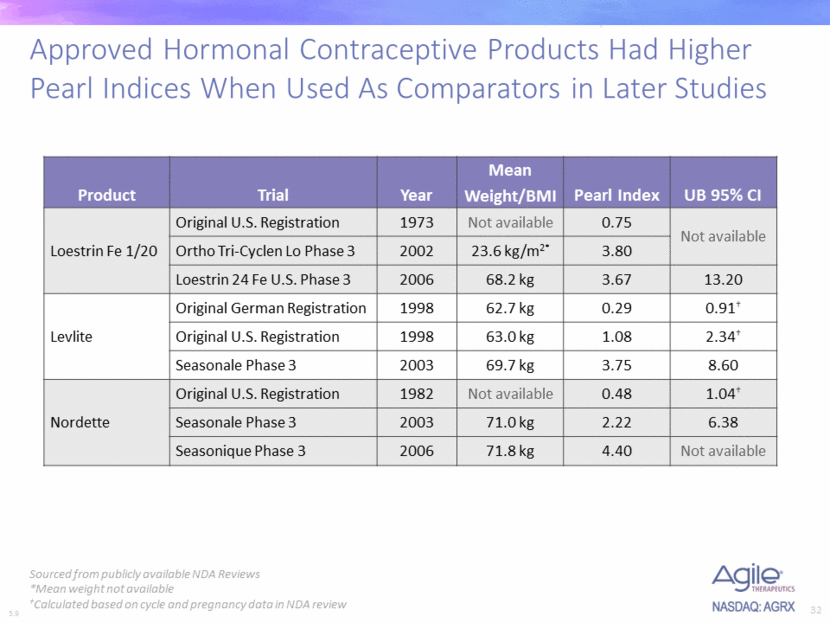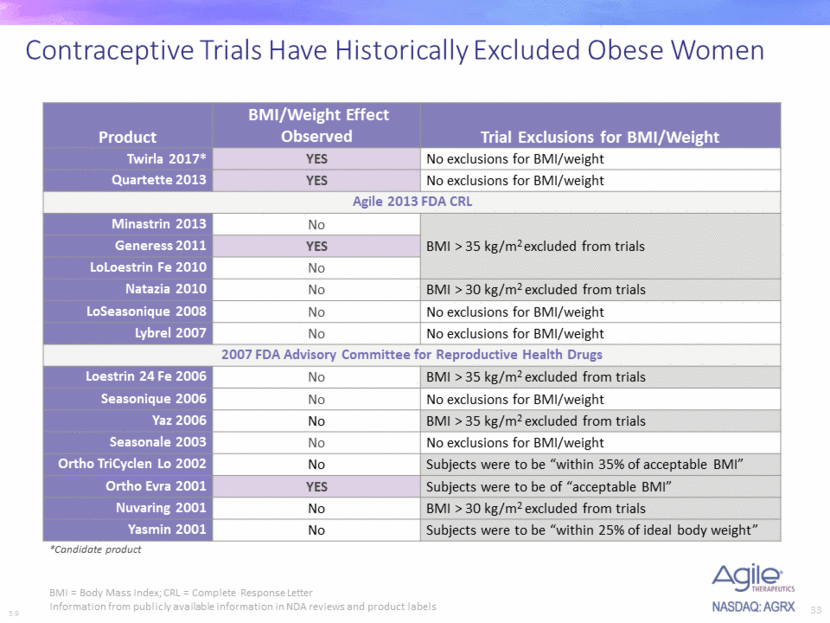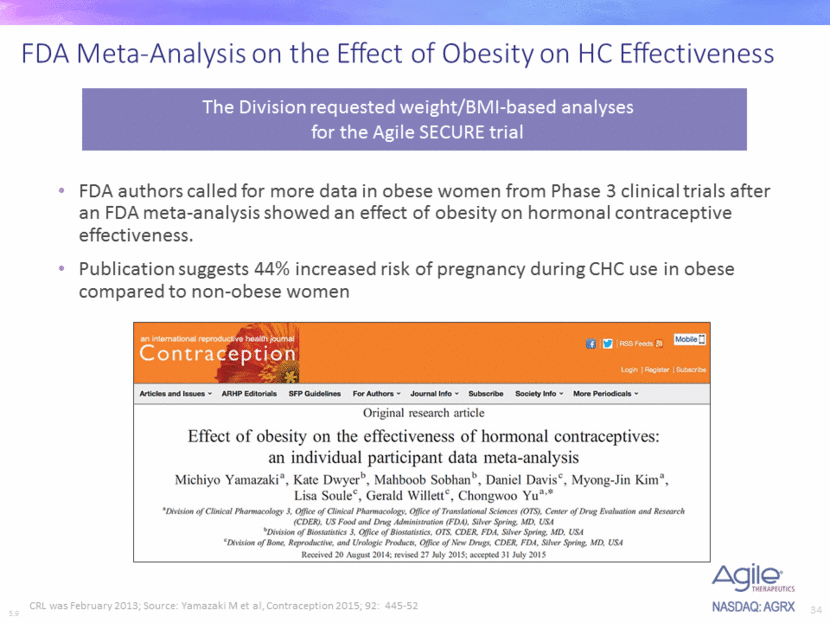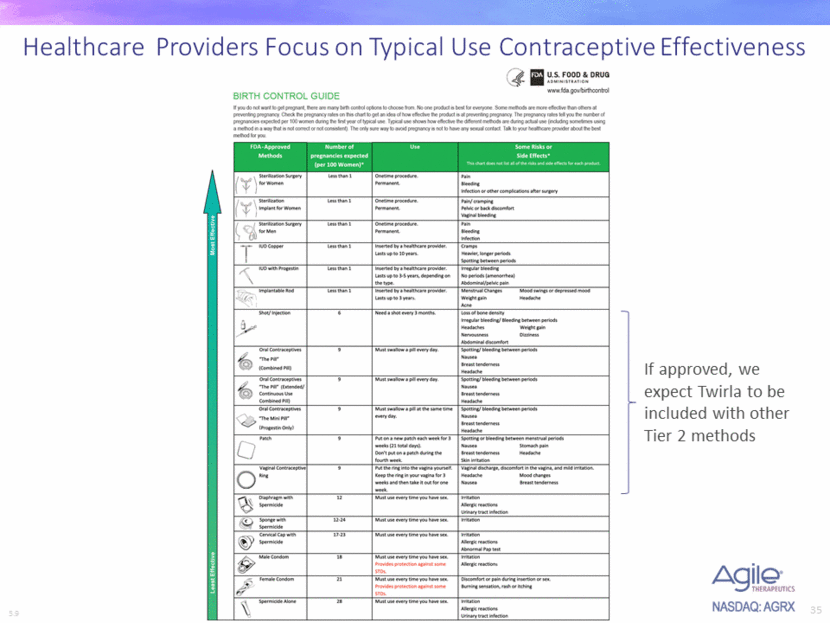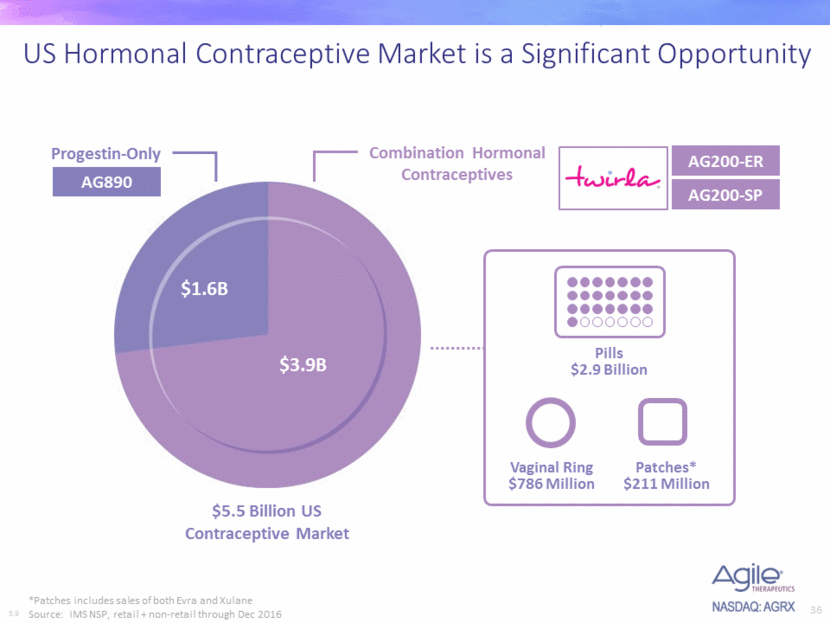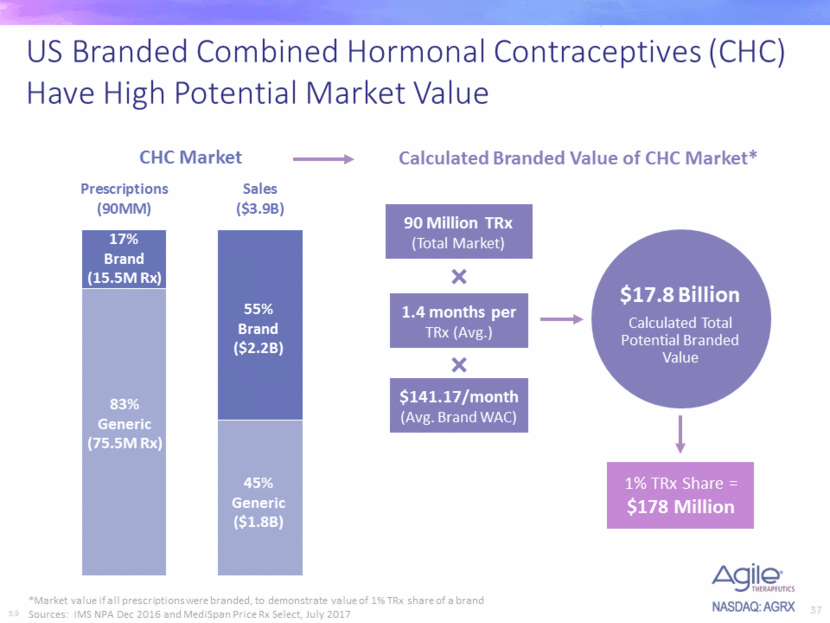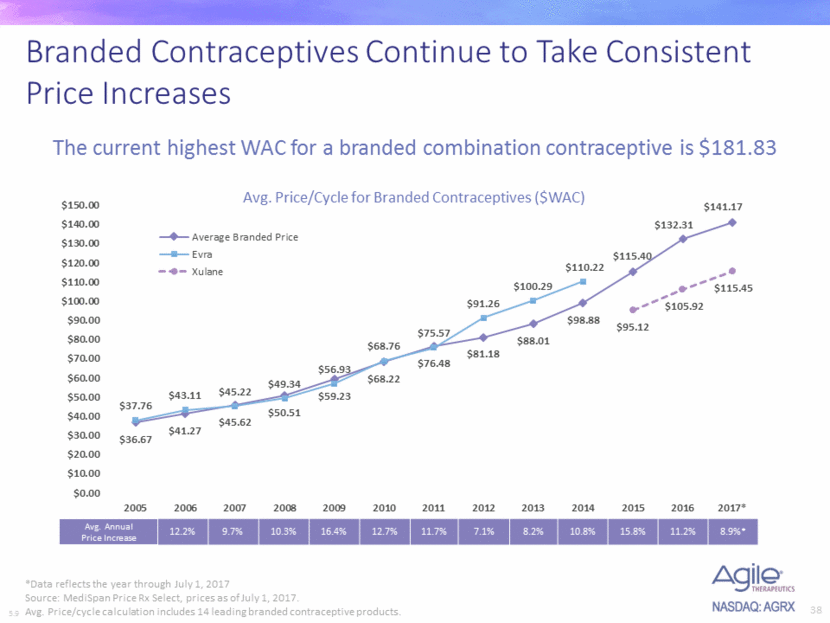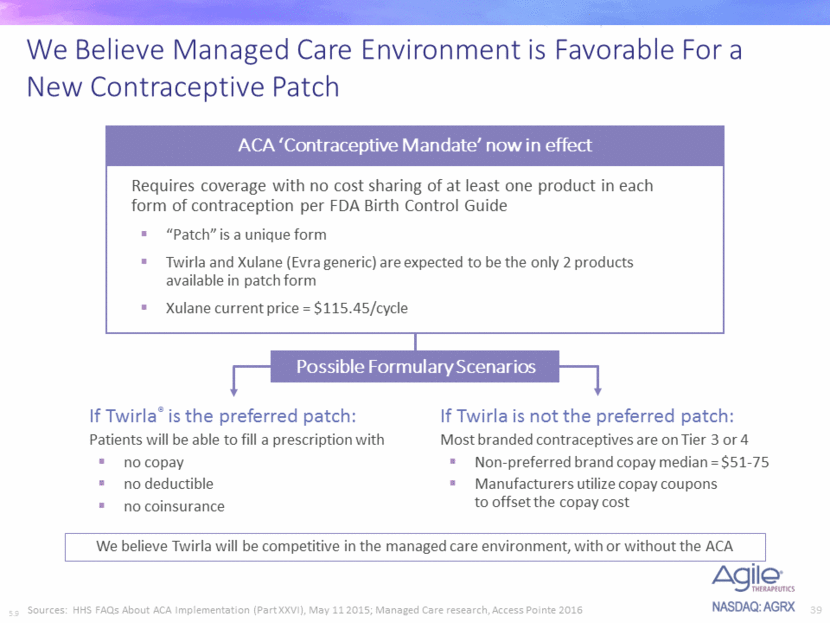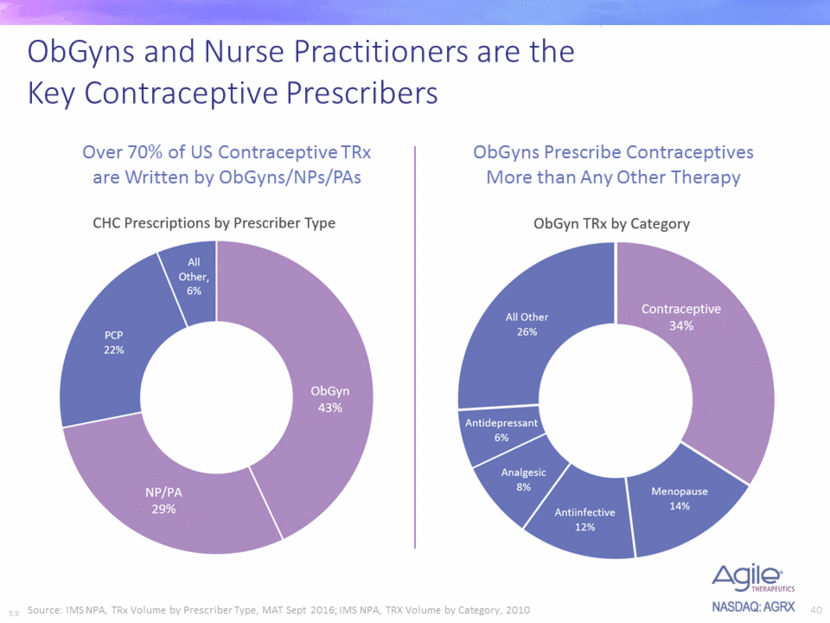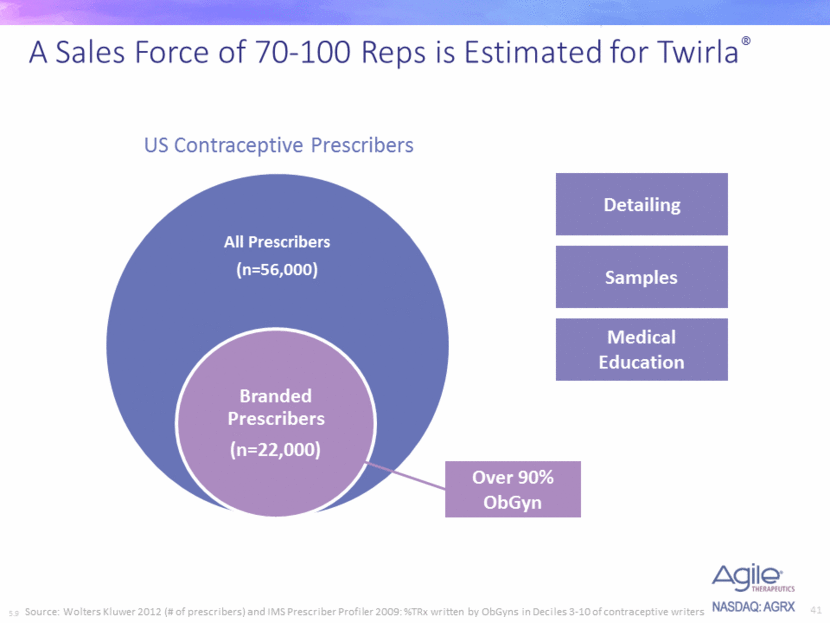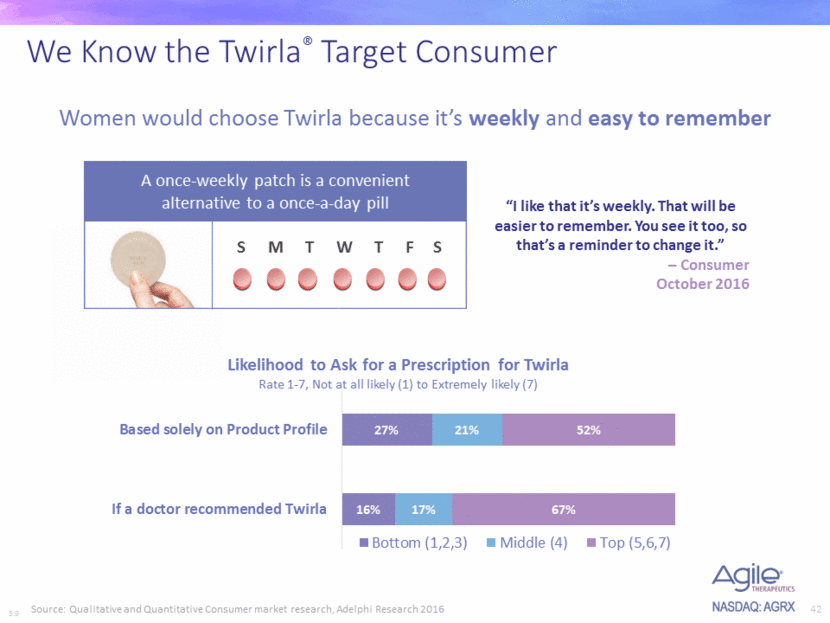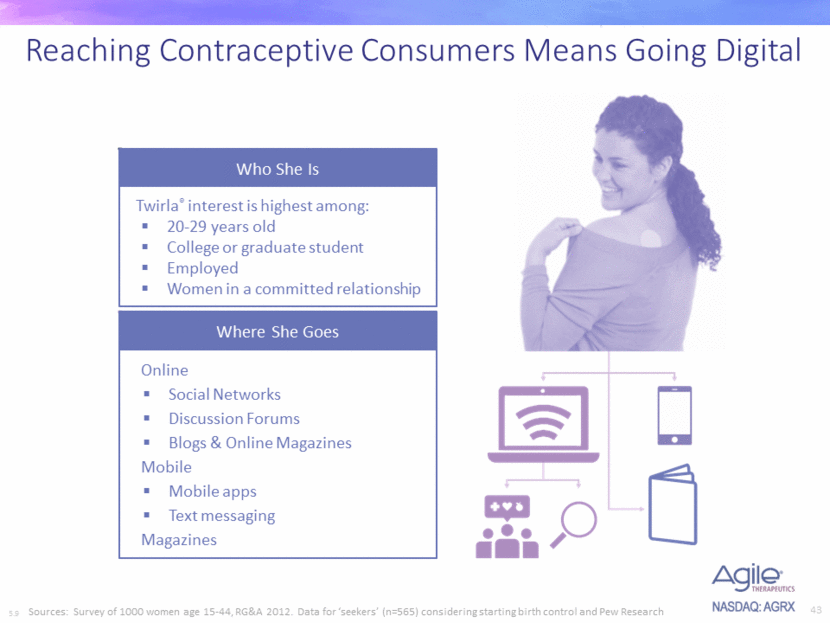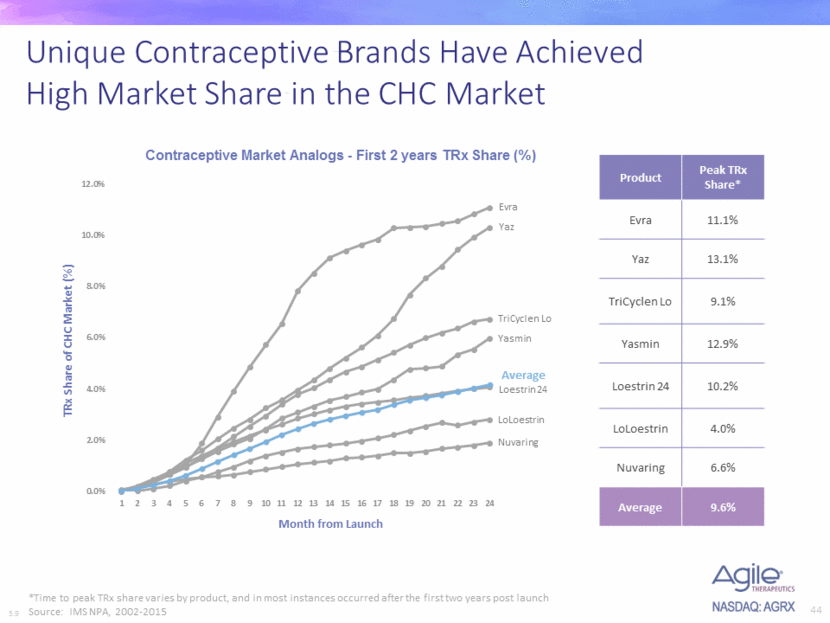Certain information contained in this presentation and other matters discussed today or answers that may be given in response to questions may include “forward-looking statements”. We may, in some cases, use terms such as “predicts,” “believes,” “potential,” “continue,” “estimates,” “anticipates,” “expects,” “plans,” “intends,” “may,” “could,” “might,” “will,” “should” or other words that convey uncertainty of future events or outcomes to identify these forward-looking statements. In particular, the Company’s statements regarding trends and potential future results are examples of such forward-looking statements. The forward-looking statements are subject to important factors, risks and uncertainties, including, but not limited to, the success, timing and cost of our ongoing clinical trials and anticipated clinical trials for our current product candidates, including statements regarding the timing of initiation, enrollment and completion of the trials; the timing of and our ability to obtain and maintain U.S. Food and Drug Administration or other regulatory authority approval of, or other action with respect to our product candidates; the Company’s ability to continue as a going concern; the Company’s ability to obtain the capital necessary to fund its operations; the Company’s ability to generate revenues; the successful implementation of the Company’s research and development programs and collaborations; the acceptance by the market of the Company’s products; the Company’s ability to successfully defend its intellectual property or obtain the necessary licenses at a cost acceptable to the Company, if at all; the cost of our efforts to commercialize and promote our product candidates once they are approved; and other factors, including general economic conditions and regulatory developments, not within the Company’s control. These factors could cause actual results and developments to be materially different from those expressed in or implied by such statements. The forward-looking statements are made only as of the date of this presentation and the Company undertakes no obligation to publicly update such forward-looking statements to reflect subsequent events or circumstance. 2 Forward-Looking Statement
